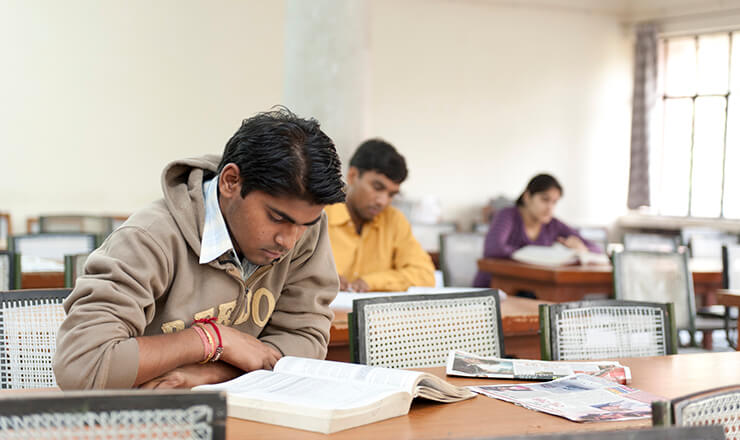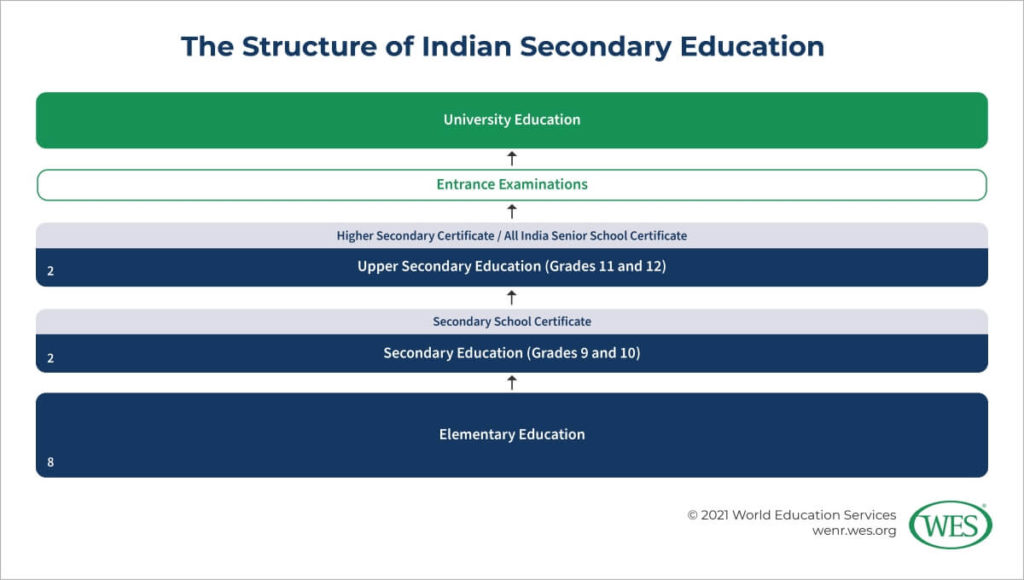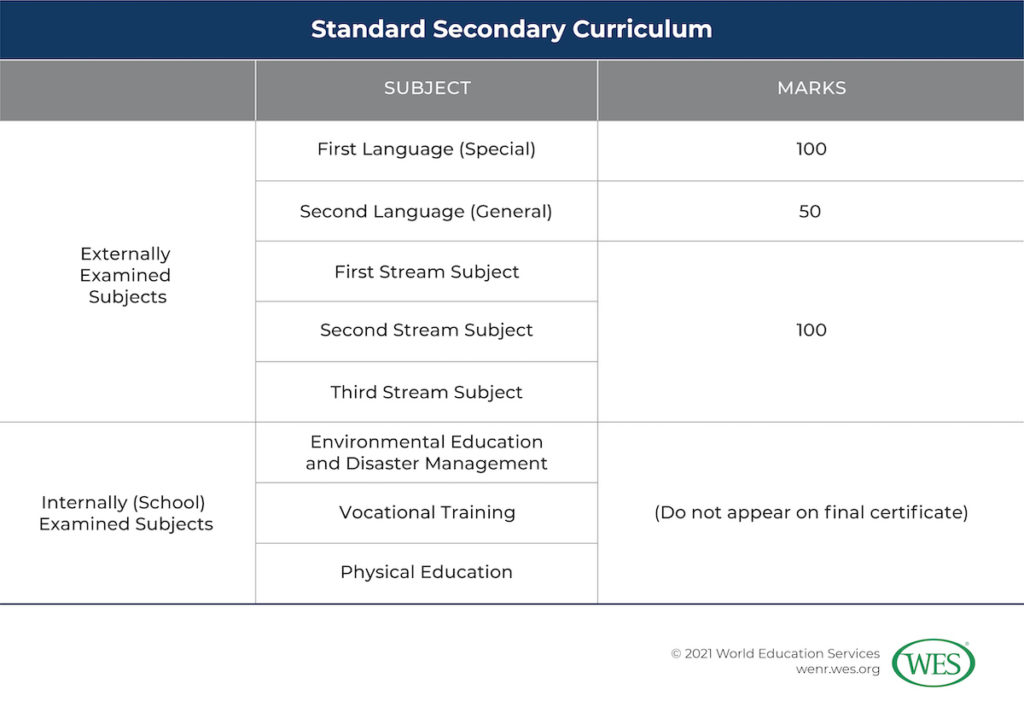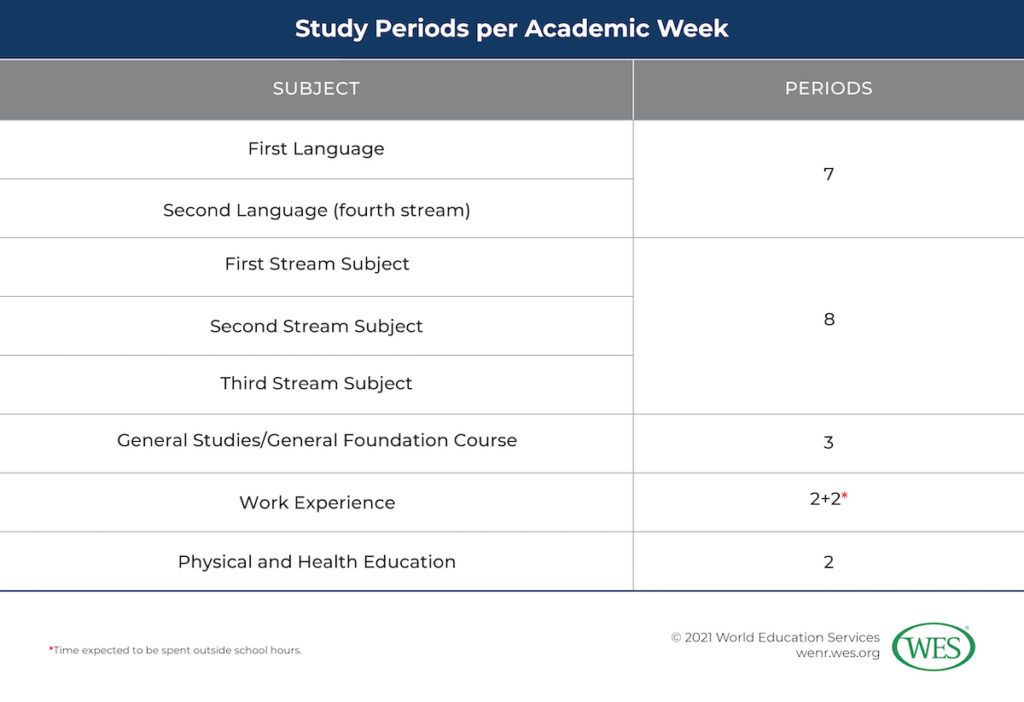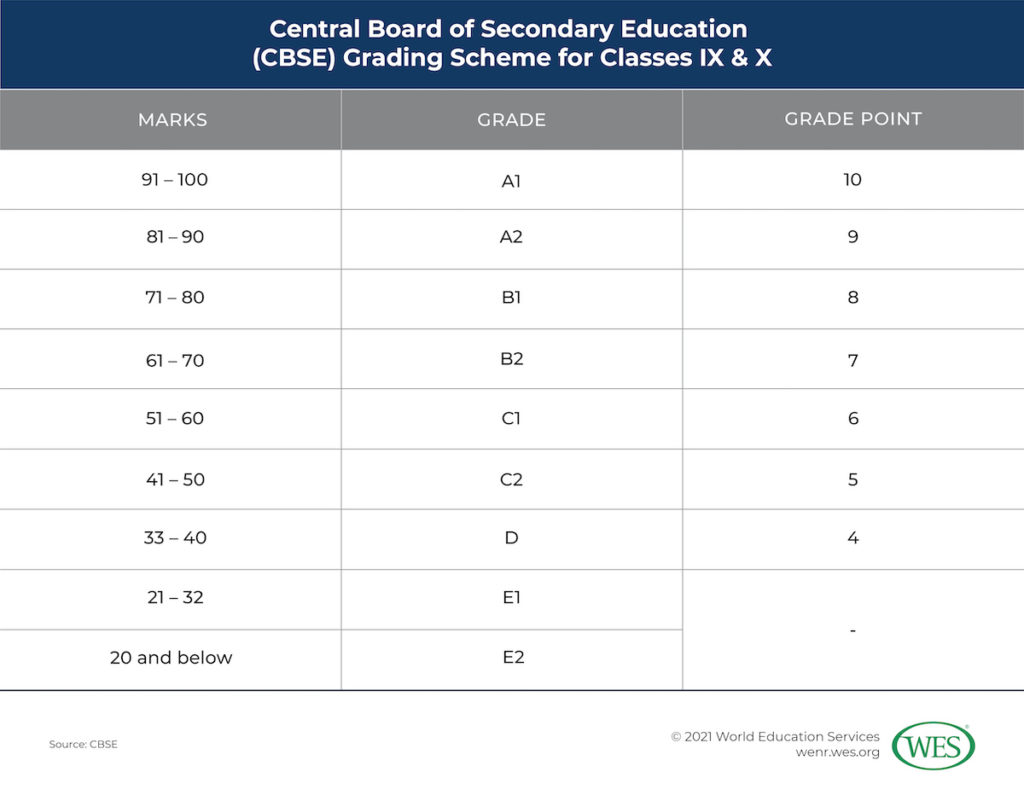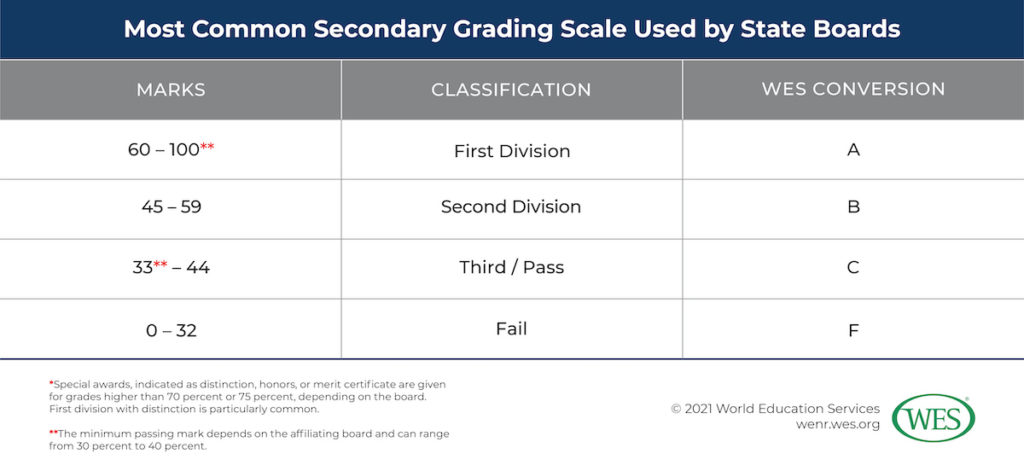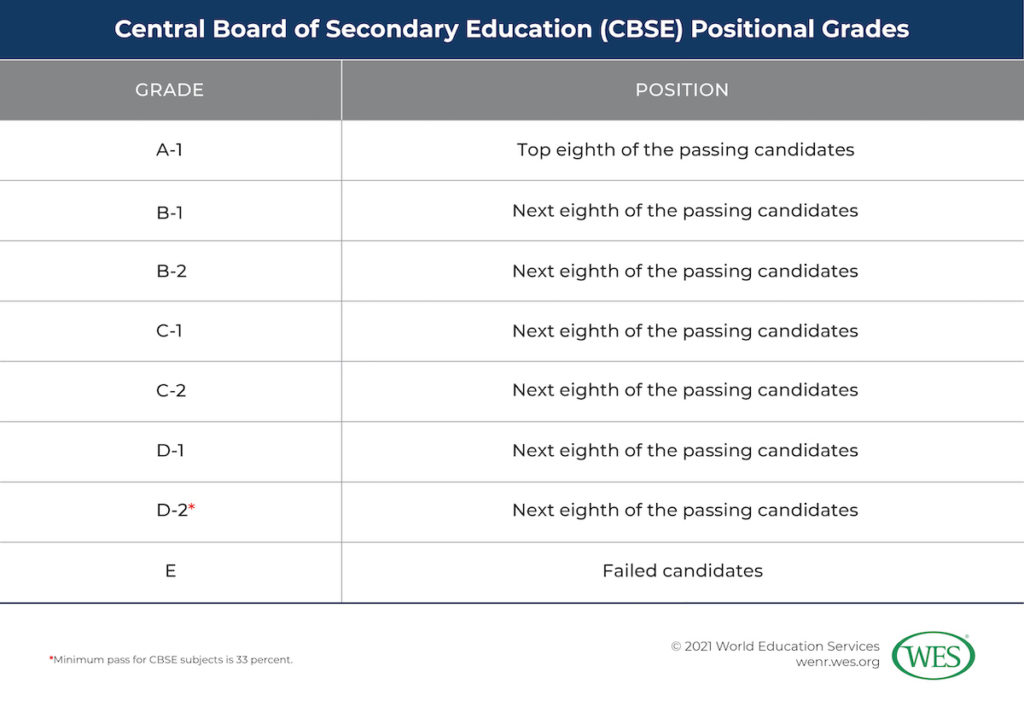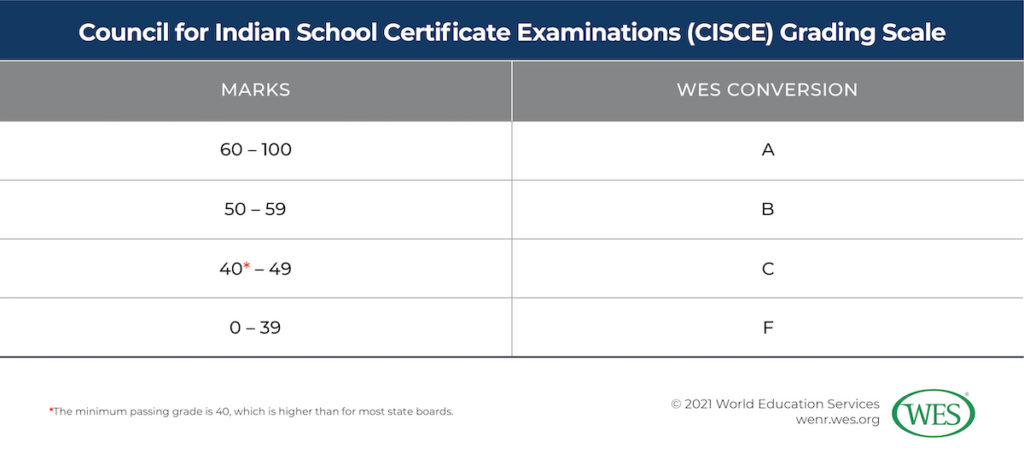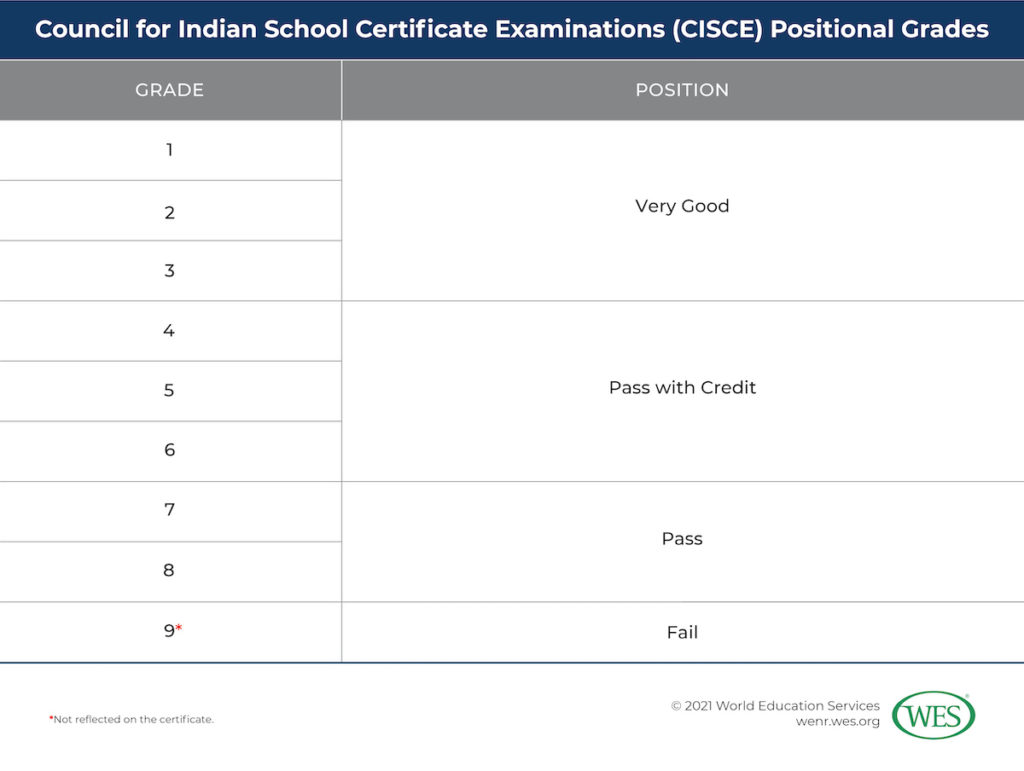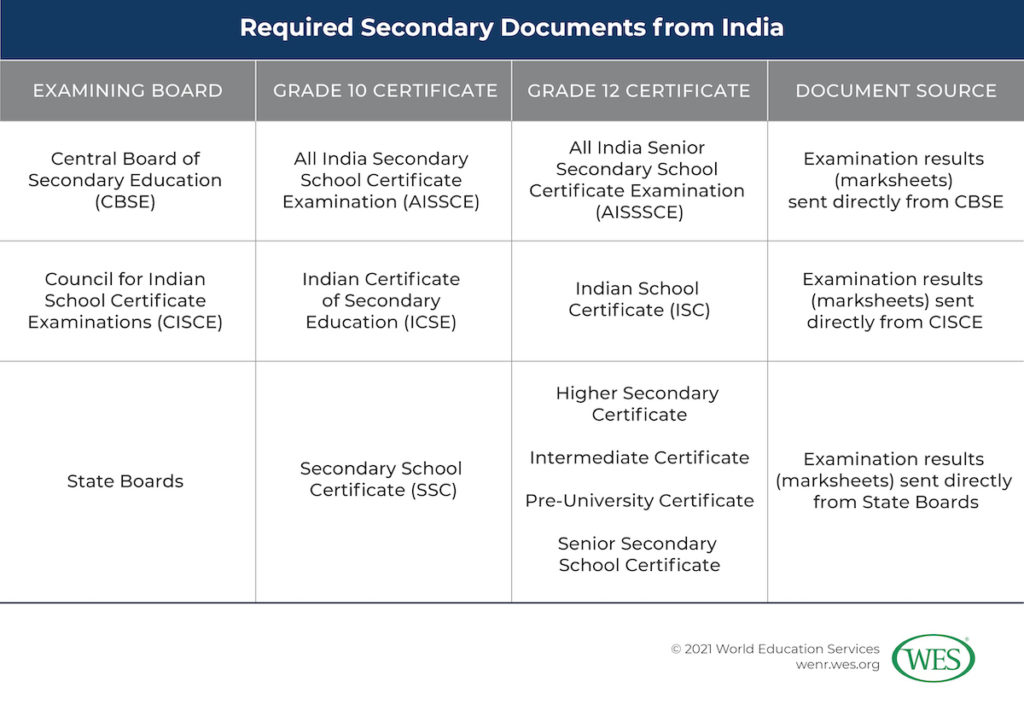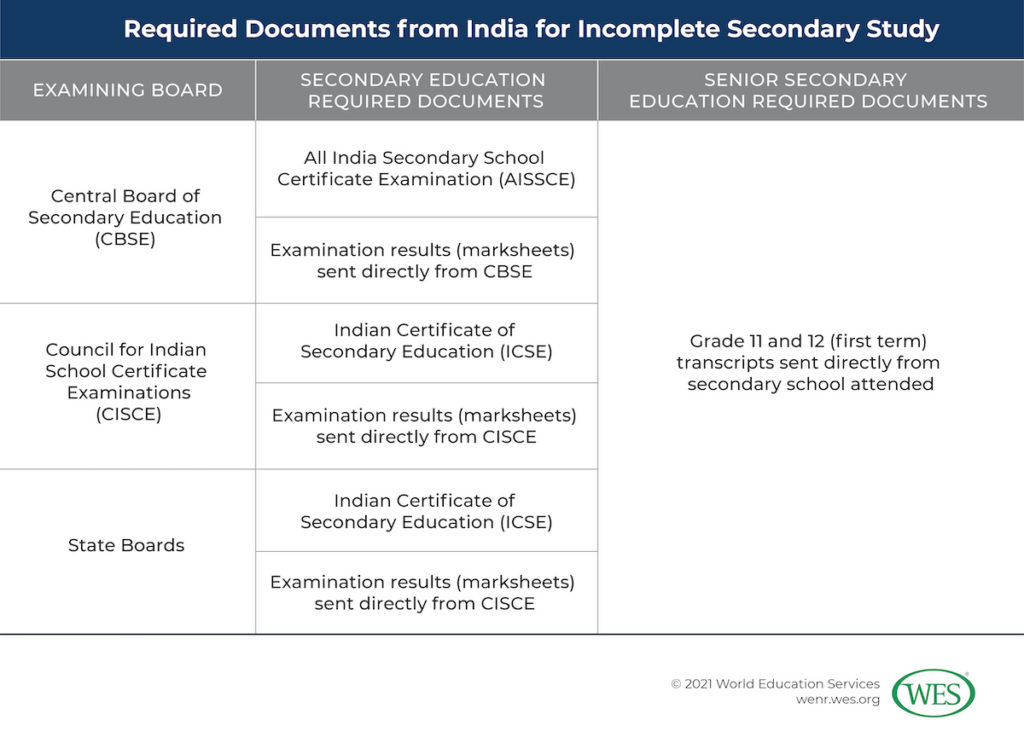By WES Staff
In academic year 2009/10 there were almost 105,000 [2] Indian students at U.S. colleges and universities, and while just 15,000 of them were enrolled at the undergraduate level, Indian students in bachelor’s programs still represented the third largest national body of undergraduate students in the United States (after China and South Korea).
More recent data suggest that Indian attendance at U.S. institutions of higher education is set for renewed growth after a couple of years of stagnating enrollments. According to figures [3] released at the end of October by the U.S. Embassy in New Delhi, visa applications from prospective Indian students grew by 18 percent in fiscal year 2011 (October to September) versus 2010. In our own offices at World Education Services, we saw similar growth in applications from Indians seeking evaluations of their academic credentials in the first half of 2011 versus the same period in 2010.
Factors that seem likely to drive continued growth in enrollments among Indian students include a booming Indian economy, an expanding middle class, the widening gap between demand for higher education and available places at respected Indian institutions of higher education, and the easing of visa and student workplace regulations in the United States.
Statistical Overview (2005/06)
- Number of secondary schools: 106,084
- Number of secondary students (Class IX-X): 25,007,093
- Gross enrollment ratio*: 52.2%
- Number of higher secondary schools: 53,619
- Number of higher secondary students (Classes XI-XII): 13,447,666
- Gross enrollment ratio*: 28.5%
*Percent enrolled from the relevant age group. Source: Selected Educational Statistics, 2005-2006 [4]
The bulk of the Indian student body will continue to enroll at the graduate level, but increased affluence among a growing middle class is likely to continue a trend that in recent years has seen strong growth in enrollments at the undergraduate level. For U.S. admissions departments, this raises questions about how best to select from the growing pool of Indian secondary-school leavers. Many of these applicants will have yet to take their school-leaving examinations, a fact that makes assessing suitability for undergraduate admission somewhat problematic.
In this article, which appears as a companion piece to recent WES webinars [5] on the same topic, we offer advice on ensuring accurate credential evaluations and admissions decisions based on best practices in obtaining and verifying necessary academic documents, and in converting Indian secondary grades.
Key Characteristics of Indian Secondary Education
- High stakes examination-driven system.
- Academic Year: June to March/April.
- Three terms.
- Language of instruction is one of the 30 official regional languages, although some private schools teach in English.
- Upper secondary is divided into two branches: Academic or Technical/Vocational. Students select one of three streams in the academic branch: Science, business or humanities.
Secondary education in India begins after eight years of elementary education and is divided into two years of secondary education (classes IX and X) and two years of senior secondary education (classes XI and XII).
Examination Boards
At the end of the secondary phase (class X), students take a set of externally administered examinations from either a state or national (All-India) examination board. Students who pass the secondary examinations earn a certificate usually called the Secondary School Certificate or SSC. These students are eligible for senior secondary school.
Secondary qualifications may also be known as:
- Indian Certificate of Secondary Education (awarded by CISCE, the Council for Indian School Certificate Examinations)
- (New) Secondary School Certificate (awarded by NIOS, the National Institute of Open Schooling [7])
- Secondary School Leaving Certificate (awarded by some states)
- All-India Secondary School Certificate (awarded by CBSE, the Central Board of Secondary Education)
- Matriculation Certificate (no longer awarded)
After two years of senior secondary school, students are again examined by their school’s affiliated board and, if successful, awarded the Higher Secondary (School) Certificate (HSC/HSSC). There are also examinations administered internally by individual secondary schools at the end of class XI.
Higher Secondary Certificates may also be known as:
- Intermediate Certificate (some state boards)
- Pre-University Certificate (some state boards)
- All India Senior School Certificate (CBSE)
- Indian School Certificate (CISCE)
- Certificate of Vocational Education (CISCE)
Students who pass the HSC are eligible for university admissions, although some selective colleges or universities require separate admissions examinations. Approximately 25 percent of the 9.5 million students who took Standard XII examinations in 2008 did not pass, meaning that only 75 percent of students were eligible to receive the final certificate.
Admission to professional programs (engineering, architecture, medicine, etc.) is through competitive state- or national-level entrance examinations. These include the Joint Entrance Examination (Indian Institutes of Technology), the All-India Pre-Medical/Pre-Dental Examination, and the All-India Engineering Entrance Examination.
There are a total of 31 state examination boards and three national boards [8]. Secondary schools are affiliated to either the state board relevant to their location or one of two national boards. The two major national boards are the Central Board of Secondary Education [9] (CBSE) and the Council for Indian School Certificate Examinations [10] (CISCE).
The overall number of students taking the Standard XII (HSC) Examination in 2008 was almost 9.5 million. Over 94 percent of those students took state boards with just 5.8 percent taking either the CBSE or CISCE exams. Despite the overall low percentage of students taking national board exams, a disproportionate number of students who come to North American schools take one of the two central board examinations, so admissions officers should be familiar with their documents.
It should also be noted that the central boards administer examinations overseas for Indian students in secondary schools mainly in the Middle East and Southeast Asia.
Curriculum and Examination Content
Upper secondary school is divided into two branches: Academic or technical/vocational. In the academic branch, students select one of three streams: Science, business or humanities.
The language of instruction is one of India’s 30 official regional languages. The particular language will depend on where exactly the school is located, with the exception of some private schools where the language of instruction is English. Most state boards will have a language of instruction particular to its curriculum. For CBSE-affiliated schools, the language of instruction will depend on the state (or country) in which the school is located, while CISCE-affiliated schools typically teach in English.
Students are typically examined in either two languages and three stream subjects or one language and four stream subjects. If students take just one language, it must be either English or Hindi. The second language can be any of the 30 regional languages or a foreign language identified by the board.
On the certificate marksheet (transcript), the only scores that appear are the externally examined subjects. The results of internally examined subjects outside of a student’s concentration do not typically appear on the final board marksheet, although they are frequently named as having been taken.
The marksheet will indicate the maximum number of marks available in each subject in addition to the score the student achieved. Grade point averages can be calculated from these two numbers.
An academic week consists of 45 periods of 40 minutes each (CBSE), and the distribution of periods per week is as follows:
CBSE Class XII curriculum and grading guidelines for 2012/13 are available as a pdf here [13].
A New CBSE Grading Scheme for Classes IX & X
In 2009, the Central Board of Secondary Education (CBSE) replaced its old marking scheme for class X examinations with a new grading system to be used in end-of-term examinations in classes IX and X. Under the new system, student admission to the senior-secondary level at CBSE-affiliated schools is no longer based on one set of high stakes examinations, a major critique of the Indian schooling system, but rather a new Cumulative Grade Point Average (CGPA). Students leaving school at the end of class X still take certificate examinations.
The new grading protocol averages marks obtained by students in each subject to achieve an overall grade point average. Individual grades are considered when determining the stream that students will enter for senior secondary school. For example, schools can calculate a student’s performance in the sciences by taking the average score of the grade points in mathematics, science and English.
The CBSE now awards grades for each subject on a nine-point scale. Aptitude tests have also been introduced in grades IX and X, in addition to the CGPA, to help schools gauge student ability, while also discouraging what the board sees as unhealthy competition among students.
Under the nine-point grading system, a student’s performance is first assessed using conventional numerical marking and then converted to grades on the basis of pre-determined mark ranges.
It appears that some state boards are following the CBSE’s example in changing to what is described in India as a Continuous and Comprehensive Evaluation (CCE) system. A governmental committee has also looked into the viability of introducing such a system at the upper secondary level.
Grading Scales
The most common grading scale, and the one used by most state secondary boards, is percentile based with corresponding classifications.
The CBSE uses nine positional grades in each subject, which are based on the performance of ALL the candidates who passed the exam in that subject in a given year. Positional grades are given with marks of 0-100, but are based on a comparative curve rather than on absolute grade ranges. Therefore, the CBSE positional grades are a good indication of the quality of the student in relation to his or her peers in that particular year.
The CISCE has a minimum pass grade of 40 percent and no classification system.
The CISCE also gives a positional classification on the basis of marks earned in each subject, but according to set rigid ranges as opposed to the performance curve of the CBSE. The positional grades are provided on a separate “Pass Certificate” that accompanies the marksheet.
The Mechanics of Determining GPA Equivalents
State Boards
- The GPA is obtained by converting the division classification reflected on the marksheet into a US grade (see grading scale above), where the classification is determined by dividing the total marks earned by the maximum marks available.
Or
- The GPA is obtained by a calculation based on the marks earned in each subject.
National Boards
For the national boards there are no overall classifications, so the GPA has to be calculated from each passing mark in each subject.
Required Secondary Documents from India
Admissions offices should request marksheets or certificates directly from the board affiliated with the school attended. This is the case for all boards.
If the student has not completed class XII at the time of application then class X results can also be sent directly. Intermediate grades, either class XI or incomplete class XII can be requested directly from the school attended. Intermediate grading is based on internally examined or assessed courses.
The marksheet will always show if the student earned a final degree, which means that the original degree certificate is not needed for an accurate evaluation. However, WES does require a copy of the degree certificate as a backup. If your institution requires the original degree certificate then it can also be requested from the board.
The CBSE degree certificate will always show both the internally and externally examined subjects taken by the student near the bottom of the document. However, the marksheet will only show marks for externally examined subjects. The document will also show if the student has an overall pass or not (did or did not graduate), but this should not be taken as a positional grade.
The CISCE degree documents will show ‘Pass Certificate Awarded’ at the bottom to indicate that the degree certificate was attained. The accompanying document known as the Pass Certificate will show the positional performance of the student for each subject taken.
Results for CBSE and CISCE examinations can be accessed online. In both cases, you will need the student roll number (i.d. number) to verify results. The CBSE also administers Teacher, All-India Engineering and Medical/Dental Entrance Examinations, and those results can also be accessed from the website.
CBSE: http://cbseresults.nic.in/ [20]
CISCE: http://cisce.examresults.net [21]
Gujarat: http://www.gseb.org/ [22]
What to Request for Incomplete Secondary Education
For students who are applying for an undergraduate place while in their last year of secondary studies and who have not yet taken Standard XII examinations, documents that can be requested include:
- The externally examined class X exams (although from the current academic year, it would appear that the CBSE is no longer offering Standard X exams for students continuing on to class XI, in which case performance indicators under the new GPA system should be requested).
General assessment from class XI and whatever term they have completed in class XII from the secondary school attended. Internal assessments should be a good indicator of performance on the national class XII examination.

